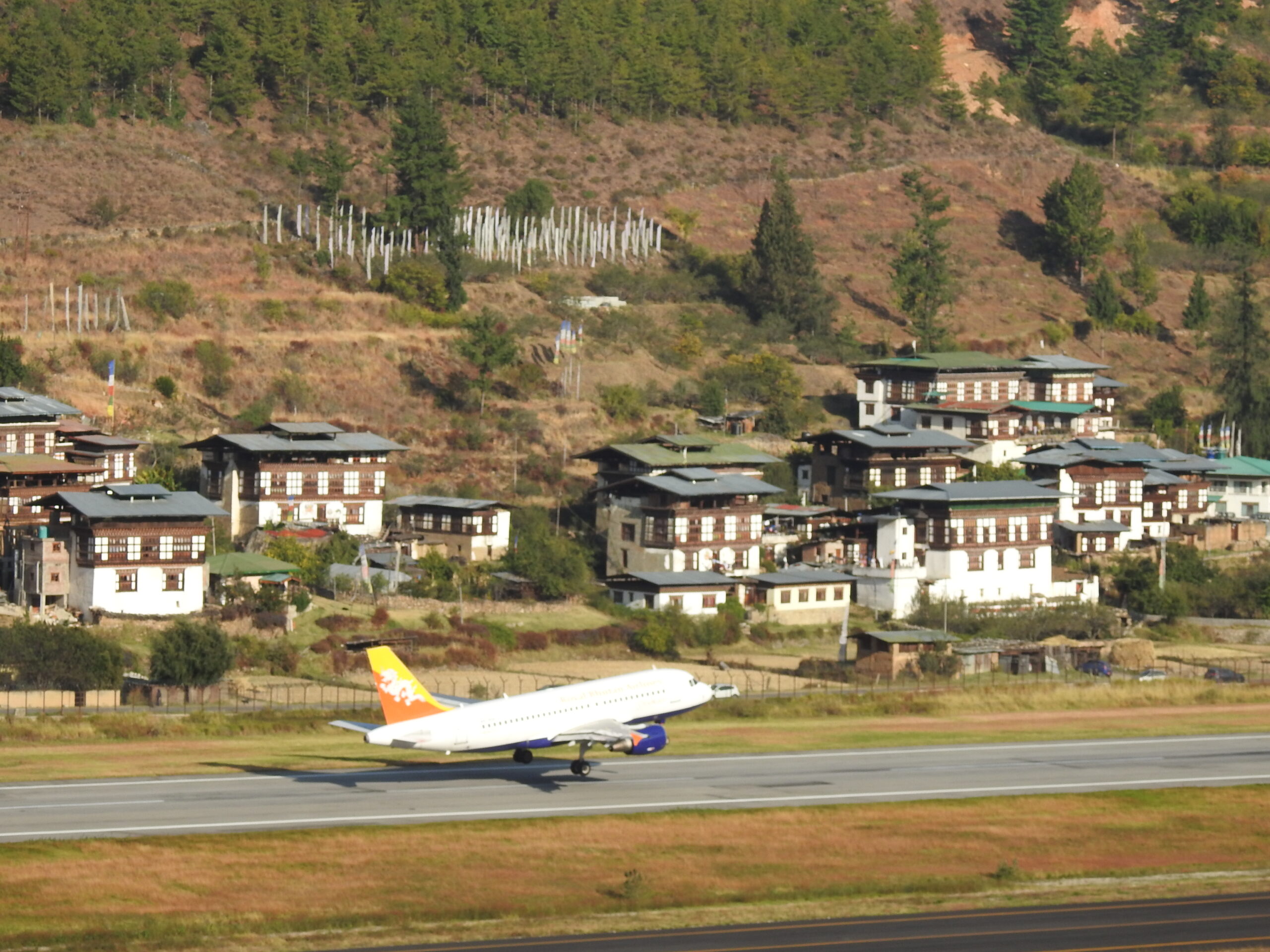Travel Information
Journey to the Land of Happiness: Essential Travel Information for Bhutan
Bhutan, a mystical kingdom nestled amidst the majestic Himalayas, is a destination that beckons travelers with its pristine natural beauty, rich cultural heritage, and unwavering commitment to Gross National Happiness (GNH). Before embarking on your Bhutan adventure, familiarize yourself with these essential travel tips:
Visa Requirements:
Visas are mandatory for all visitors to Bhutan. Visitors from most countries can obtain a visa through a registered Bhutanese tour operator, who will arrange the necessary paperwork and submit it to the Immigration Department.
Best Time to Visit:
Bhutan experiences four distinct seasons, each offering its own unique charm. Spring (March-May) is a vibrant season with blooming flowers and lush greenery, while autumn (September-November) presents clear skies and vibrant foliage. Summer (June-August) brings refreshing monsoon showers and verdant landscapes, while winter (December-February) offers snow-capped mountains and opportunities for cozy retreats.
Transportation:
Bhutan has one International Airport (PBH) at Paro and three domestic airports, Gelephu Airport (south), Bumthang (Central) and Yonphula (Eastern Bhutan) providing access to different regions of the country. Internal transportation options includes private SUVs, buses, taxis, and helicopters.
There are two ways to get into Bhutan: by air and by road.
i. By Air: Paro Airport, Bhutan
The easiest and most convenient way to get to Bhutan is by air. The only international airport in Bhutan is Paro Airport, which is located in the Paro Valley. Druk Air, the national airline of Bhutan, offers flights to Paro from a number of Asian cities, including Bangkok, Delhi, Kathmandu, and Singapore.
ii. By Road: Phuentsholing, Samdrup Jongkhar and Gelephu Bhutan
It is also possible to get to Bhutan by road. There are three land border crossings between Bhutan and India: Phuentsholing in the west, Samdrup jongkhar in the east and Gelephu in the South. The journey from Phuentsholing to Thimphu, the capital of Bhutan, takes about five hours by car.
Currency and Exchange:
Bhutan’s official currency is the Ngultrum (Nu). US dollars, euros, and Indian rupees are widely accepted in tourist areas, and foreign currencies can be exchanged at banks and currency exchange counters.
Accommodation:
Bhutan offers a diverse range of accommodation options, from traditional homestays and cozy guesthouses to luxurious hotels and resorts. Choose an accommodation that suits your budget and preferences, ensuring a comfortable and memorable stay.
Guides and interpreters:
Bhutan has a good team of interpreters and guides that are well versed in history and possess good communication skills. They are all certified who undergo training conducted by the Tourism Council of Bhutan. There are also guides who speak fluent Japanese, Thai and other European languages.
Cultural Etiquette:
Bhutanese culture is deeply respectful, and visitors are encouraged to dress modestly and behave with courtesy. Be mindful of local customs, seek permission before taking photographs, and refrain from pointing or making gestures with your feet.
Sustainable Tourism:
Bhutan is committed to sustainable tourism practices. Minimize your environmental impact by reducing waste, conserving water, and respecting wildlife. Support local businesses and communities, and embrace the philosophy of ‘High Value, Low Volume Tourism.’
Embrace the Spirit of Bhutan:
Embrace the tranquility of Bhutan, immerse yourself in its rich culture, and discover the true meaning of Gross National Happiness. Let Bhutan’s enchanting landscapes, warm hospitality, and unique traditions leave an indelible mark on your soul.

